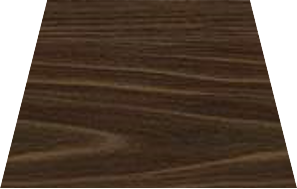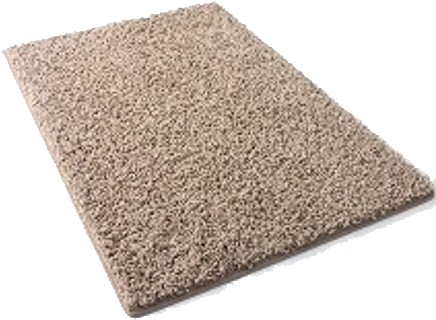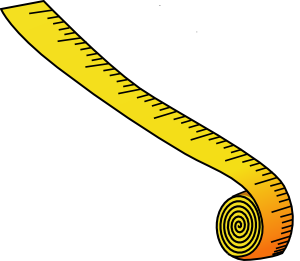NMSSA Science Toolkit - Assessment 1
This is an assessment of your learning in science.
In this test there are three different types of questions for you to answer. You might need to:
1. Click on one or more answers to select them.
2. Click on an answer and move it to the right place on the screen.
3. Write a response to a question.
When you have answered a question click on the Next button  . To go back to a question you have already attempted click on the grey back arrow button.
. To go back to a question you have already attempted click on the grey back arrow button. 
You may need to scroll down the page to read all the information.
There are 36 questions in this test. It should take you about 45 minutes to complete. Try to answer all the questions.
Forces
Geordie wants to test whether a marble travels further on smooth or rough surfaces. The table below shows the things he could use for his investigation.
|
big marble
 |
piece of lino
 |
ramp with a steep slope
 |
toy car
 |
|
small marble
 |
piece of carpet
 |
tape measure
 |
ramp with a gentle slope
 |

